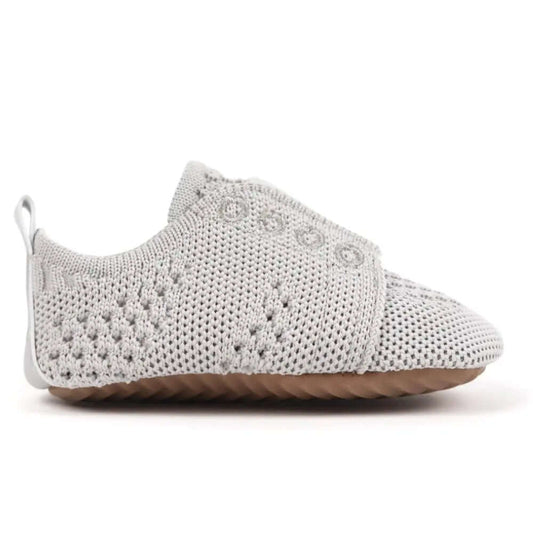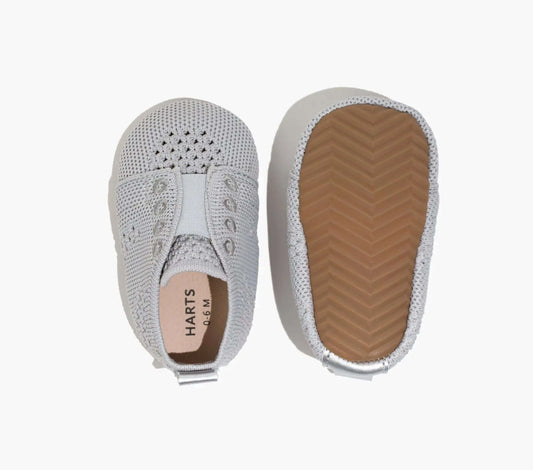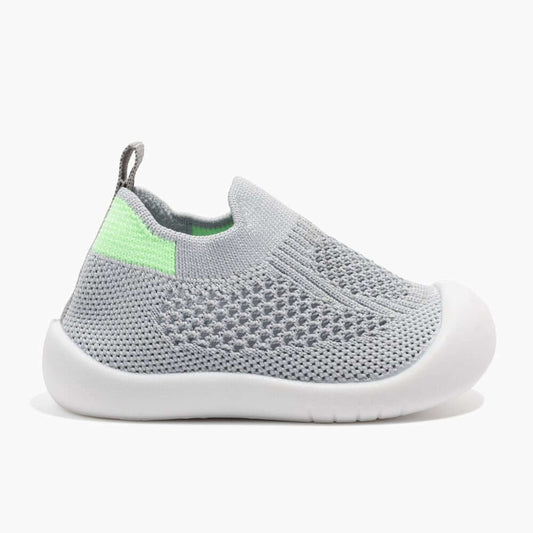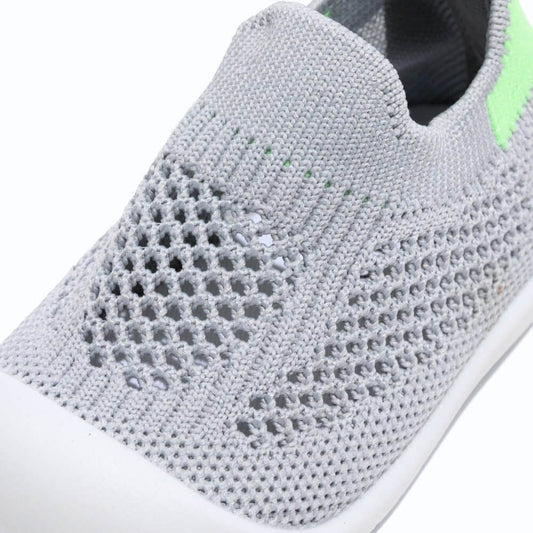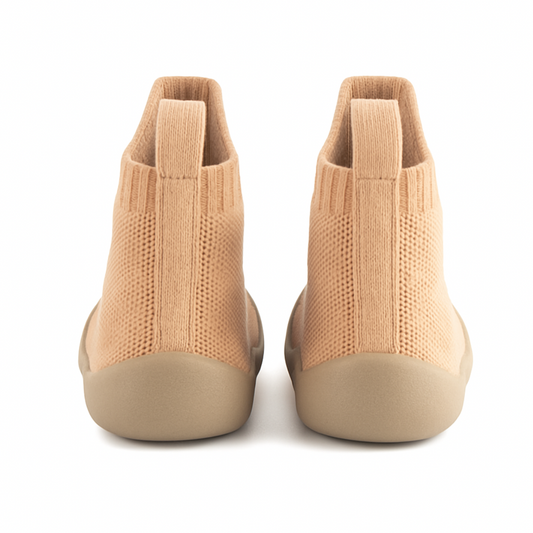
Doing This One Thing Will Help You Have a Smarter Baby
Classical music, lots of reading and tons of communication. These are the things you’ve probably read that help your baby’s brain develop to get them extra smart.
And while these things can definitely help, there’s actually one huge thing you can do to ensure your baby gets the best stimulation needed for maximum brain development.
Ready for it?
More freedom. And what does that mean?
Anytime your baby is in their stroller, carseat, swing, bouncer or booster seat they are being contained. Not to say these items are bad (hello — car seats are a must!) but too much time in them can be an issue.
As your baby gets stronger and starts to learn how to move, wiggle and roll, giving them a safe space to move is key.
More Movement Means More Learning
The opportunity to touch, see and experience the world around them is the first step to getting the wheels turning. This can start as early as the first tummy time onto walking and talking.
Responding to the dog barking, a brightly colored mobile rotating above them or any stimulation is crucial to learning.
This lays down the foundation for focus and overall concentration down the road. So, yes, that first year of milestones actually pack a lot of weight down the road.
Your baby registry may have helpful gear to give your arms a rest, and that is definitely ok! But don’t forget the stimulating toys.
Be sure to keep toys that gently nudge your little one into secretly getting an education. Books with bright and bold colors, tactile play, and things that make exploring comfy.
Don’t forget to join in on the fun! Sharing play time with your baby is a great way to add to the stimulating (you are their favorite thing to look at, after all).
Less Is More
There’s no shame in using a bouncer or swing to keep your babe entertained and safe.
They come in handy when you’re in desperate need of a shower or a free hand to tidy up. And depending on your baby’s age, this may even be the best place for them to hang out from time to time.
But there are a few ways to ensure you’re not over doing it. Like when it comes to car seats, the rule is simple — if you’re not in the car, let baby be free.
Another easy way to know you’re giving baby enough time and space to move freely? Prioritize tummy time.
Lack of tummy time can come with some pretty serious effects physically and behaviorally. Eliminating tummy time and replacing that with time in the swing or booster seat can make things even harder. Meaning delayed fine motor skills, less mobility and increased chances of learning disorders₁.
And once we have officially entered the crawling, cruising, scooting or walking stage, the more free play, the better.
Instead of exersaucers, let baby roam freely in a toy filled playroom that’s been properly baby proofed.
Make a Plan (And a Safe Space)
Did someone say playroom?
Yes! This is the best way to be ready for a fast moving little one.
Having your newly crawling babe discover every corner of the home is terrifying! Suddenly you see every dust bunny, every wire and every sharp anything.
Nothing will panic you more than to look over and see your little one chewing on an outdoor toddler show.
Your baby on the other hand sees nothing but oodles of adventure.
A well made, sturdy playpen is a worthy investment at this stage. Not to mention it will save you a headache in the long run. Because this stage is definitely here to stay.
Giving baby space to play, crawl and make noise is awesome. But don’t think you’re bound to just one area. You can get creative by changing the scene from time to time.
Playing with tupperware on the kitchen floor while you make dinner or free play in the nursery are other ways to keep the fun going.
Just be sure to remove anything unsafe and block any escape routes with an easy to handle, yet secure, gate.
1) https://lifespantherapies.com/container-baby-syndrome/




